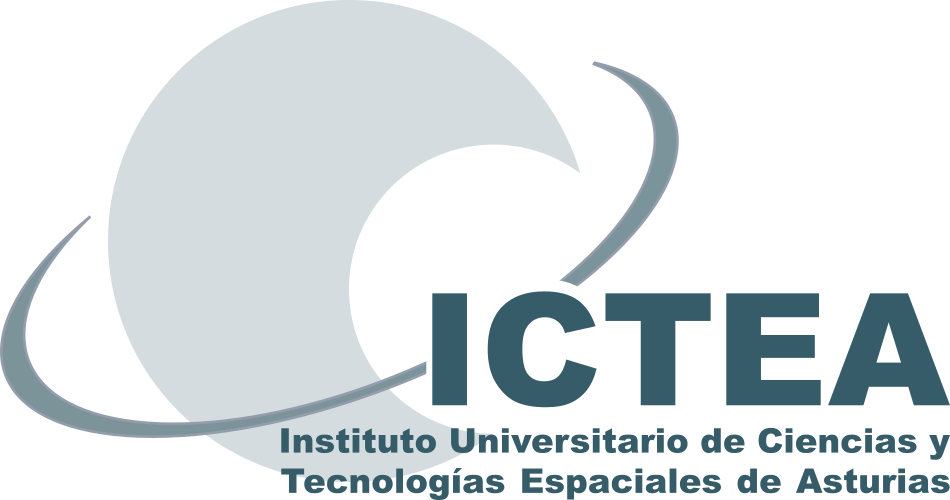Ponente
Descripción
Models for near-Earth asteroids (3103) Eger, (161989) Cacus, (2100) Ra-Shalom and (12711) Tukmit were computed with archival data from DAMIT and ALCDEF and 24 new lightcurves provided by the Instituto Astrofísico Canarias 80 and Telescopio Abierto Remoto 2 telescopes at the Teide Observatory (Tenerife, Spain) during 2021 and 2022. The shape models and rotation state parameters (𝑃, 𝜆, 𝛽) were computed by applying the
lightcurve inversion method to the data. For (3013) Eger and (161989) Cacus, our shape models and rotation state parameters agree with previous works, though they have smaller uncertainties. For (2100) Ra-Shalom, our results also agree with previous studies. Still, we find that a Yarkovsky - O’Keefe - Radzievskii - Paddack acceleration of 𝜐 = (0.223 ± 0.237) × 10−8 rad d−2 slightly improves the fit of the lightcurves, suggesting that
(2100) Ra-Shalom could be affected by this acceleration. We also present for the first time a shape model for (12711) Tukmit, along with its rotation state parameters (𝑃 = 3.484900 ± 0.000031 hr, 𝜆 = 27◦ ± 8◦, 𝛽 = 9◦ ± 15◦).

